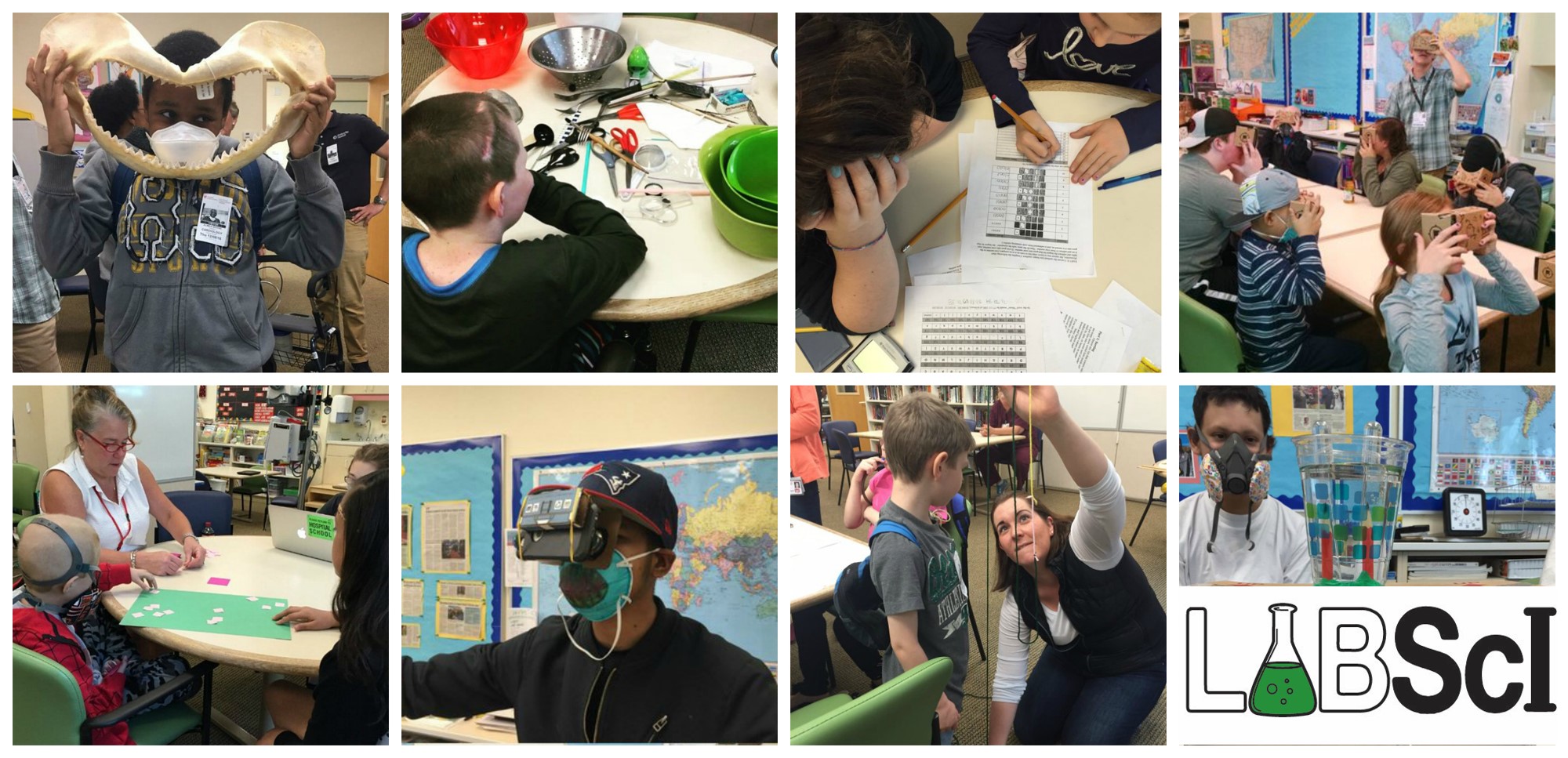In this lab you will learn about properties of liquids, specifically cohesion, adhesion, and surface tension. These principles will be demonstrated by adding drops of different liquids to pennies to determine the strength of molecular attraction.
Download the labs!
Student Version
Student Advanced Version
Teacher Version
Recommended Prerequisites:
- Students will be asked to create mixtures, place droplets of liquid onto a penny, count droplets, and write numbers and basic observations.
- Advanced students will follow the same procedure, but their mathematical calculations will focus on statistical methods and will be more complex; a calculator is required for advanced students.
- There are no mobility limitations with this lab nor are any particularly special materials required.
Key Concepts:
- Cohesion is the attraction of molecules among its own kind; i.e. between two water molecules. Because of cohesion, water and other liquids form thin films and drops. This is why water bugs can walk on water, and why a carefully placed paper clip will float.
- Adhesion is the attraction between different substances; i.e. between a water molecule and a copper molecule. Adhesion powers a certain process that allows water molecules to move upward through a narrow tube. The attraction of water to the walls of a tube sucks the water up more strongly than gravity pulls it down (i.e. water moving up a plant’s roots).
- Surface tension is a property of a liquid that allows them to resist external forces. It combines the concepts of cohesion and adhesion. Surface tension is caused by a strong attraction between the molecules (cohesion) that cause them to link together and remain uniform, even when placed on differing surfaces (adhesion). When the molecules possess weak positive interactions, as is the case with rubbing alcohol, surface tension will be small compared to other liquids.
- Hydrophobic or “water-fearing” molecules are molecules that do not like to be near water. Water molecules have a dipole, meaning that one side of the molecule has a slightly positive charge and one part has a slightly negative charge.
Materials:
- Pennies (at least 3 per student/group, need to be very clean)
- Water
- Soap (dishwashing detergent works best)
- Rubbing Alcohol
- Dropper
- Paper towels
- Calculator (1 per student/group, required for advanced lab only)
- Milk (non-fat milk works best)
- Food coloring (non-gel food coloring works better)
- Toothpick
- Bowl

Hello,
I am very excited to try this lab. Thank you for making it! The graph on page 3 of the student advanced version is actually one graph on top of another. I really like this version and want to use it, but I do not have the ability to delete that graph and insert the one from the other version. Would you be able to send me a version to edit the graph? Thanks again for making this great lab!
Thank you for bringing this to our attention! A new version of the student advanced lab has been uploaded to correct the issue with the graphs. We hope you enjoy the lab!